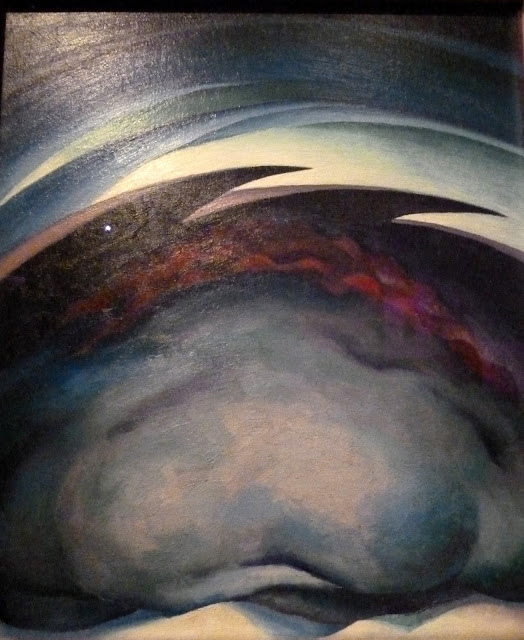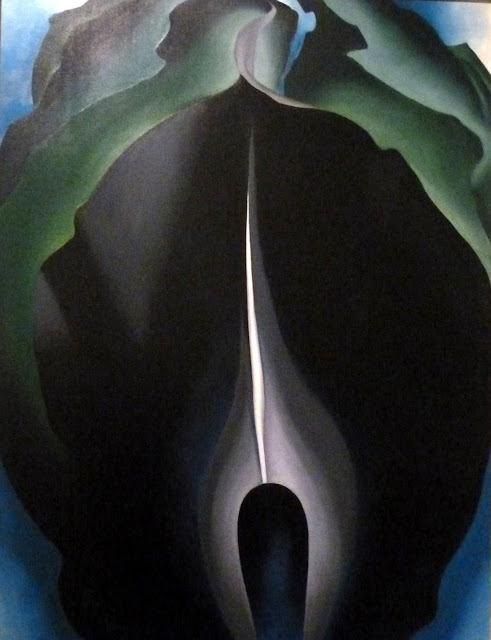We first enter the Mary Magdalene church, designed by Capability Brown
we then visit the ice house
down the ridge and the next stop is the lake with its two islands
by the lake is the grotto, made out of tufa and linestone. The stone statue is Sabrina, goddess of the River Severn
away from the ridge there is no wind at all as you can see from the reflections
well, just a few ripples
it all feels very calm
and very wintry
a folly in the distance
now we will cross one of the two bridges that connect one of the islands to the mainland
and have a rest inside the Island Pavilion
and all around us signs that winter is truly here.
The Temple Greenhouse, designed by Robert Adam
with massive sash windows
not many plants inside this orangerie these days, but it still is gorgeous
a front view
a magnificent tree hollow
that reminds me of my childhood and all the stories that were read to me
and now we have come full circle and we take the path towards the church and the entrance/exit
the path is lined with these bushes with black berries.
Talking of berries, we also came across these pink ones
that I had not seen before.























































